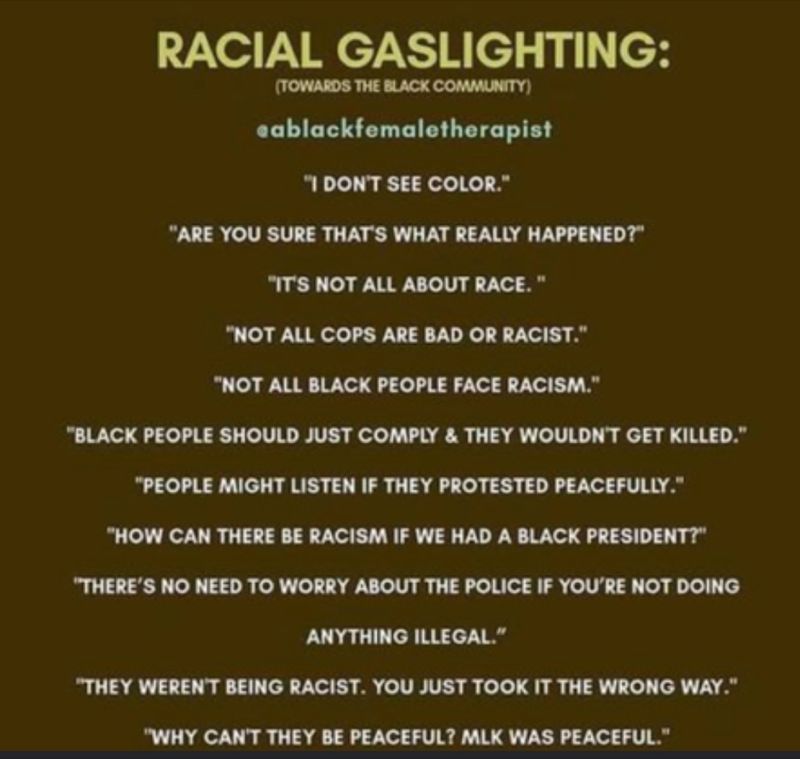What we should be asking about “This is America”
Actor, writer, and recording artist Donald Glover released his newest single “This is America.” The video intertwines concerns of gun violence against Black people and Black entertainment as a distraction from social challenges. But are we using this cultural moment as an opportunity to question the absence of whiteness in the video and its direct effect on how blackness is articulated, used, and disposed of?
Glover offers violence as spectacle. Black people are enactors of violence, passive spectators of violence, victims of violence, and the bodies used to distract us from violence. “This is America” becomes a reminder of how America’s entertainment industrial complex is a space where the sociopolitical and physical trauma experienced and performed by Black bodies is in service to white supremacy.
I do not mean white supremacy solely in connection to hate groups. White supremacy is a system of laws, policies, and cultural norms used by individuals to consciously or subconsciously control resources and secure power in widespread social, political, and economic domains in favor of people of European descent. The concept and implementation of white supremacy was built as the direct opposition to a manufactured idea of Blackness resulting in an erasure of authentic Black stories. How can we use “This is America” to investigate the intimate tie between white supremacy and media outlets which rely on a reiteration of Black trauma in service to maintain whiteness as normative and Blackness as pathologized?
Since its release, several connections
have been made between “This is America” and blackface minstrelsy. This connection is critical when we consider minstrelsy’s role in the lives of Black entertainers, Black people’s psyche, and how it created a foil for idealized whiteness. Blackface minstrelsy in the United States served as a tool to homogenize multiple European ethnicities so these groups could gain access to and power within the social, political, and economic realms of society after the American Revolution and abolition of chattel slavery. Ultimately popular culture conflated the imagined and real. By fusing the two worlds, fictitious Blackness and whiteness affected progress of those who identified with either group.
Blackface minstrelsy in the United States served as a tool to homogenize multiple European ethnicities so these groups could gain access to and power within the social, political, and economic realms of society after the American Revolution and abolition of chattel slavery. Ultimately popular culture conflated the imagined and real. By fusing the two worlds, fictitious Blackness and whiteness affected progress of those who identified with either group.
Freed and escaped bonded Blacks, native-born whites and European immigrants were simultaneously forming and rejecting identities based on culture, agency, and their dedication to America‘s forming identity. Many European immigrants occupied the ambiguous and relatively powerless racial space between native-born whites and Blacks making them “not-quite-white.” Impressments, apprenticeship, convict labor, farm tenancy, wage labor and free farming were areas of labor oppression for whites
but were not as severe as chattel slavery among bonded blacks. White immigrants needed a pathologized idea of Blackness to reference in order to prevent an overlap of identities with Black people and the real political, economic, social, and labor consequences with identity conflation. Desiring freedom and power, dispossessed not-quite-whites used violence and entertainment as a way to consistently re-draw the racial line of demarcation in their favor so that they could socially and politically meld together with native-born whites who questioned the immigrants‘ heritage and whiteness.

Mostly working-class European immigrants utilized blackface masking during violent acts against Black bodies and when portraying Black bodies on stage. Specifically, it was working-class Irish and Jewish European immigrants who reshaped whiteness through blackface minstrelsy to avoid being re-subjugated in the New World.
This bifurcation of races created racial alliances on either side. Outside of smaller Black-white coalitions grounded in a shared experience of poverty, coalitions centered on whiteness made class a nominal factor. Eventually, working class whites no longer needed to “act Black” in order to distinguished themselves. Many Black entertainers were pressured into maintaining their caricatures on stage.

By 1831, many Black festivals were shut down, and Black theaters were closed, thus blackface entertainment made an explosion into popular culture. As European immigration and blackface performance’s popularity steadily rose, Black actors were enticed by the lucrative possibilities yet had feelings of dejection when asked to make a mockery of the black presence in the United States.



Black actors mimicking the white mimicker reveal how many Blacks performing blackface made a spectacle of their systemic victimization. George Walker, of the world-renowned Williams and Walker black minstrel duo of the early 1900s, believed he publicly aided in his own victimization. Walker was conflicted by blackface minstrelsy‘s entrapping cyclical nature of performing a false identity labeled authentic. The legacy of Blacks performing Black caricatures is in “This is America.”

We are transfixed on Glover for nearly the entirety of the video while experiencing a range of his emotions. As the entertainer, he smiles and dances while chaos and destruction ensues around him. He is apathetic as he kills the musician and choir. Then he fearfully runs wide-eyed from a faceless mob as the object of their entertainment. Lynching was entertainment. But to believe that Blacks in America experience violence based on the caricatures they perform, is to erase the power of white supremacy and its constant dependence on Blackness as pathology.
What if we see “This is America” as an acknowledgement of a mental legacy of Black victimization both by using Black death as spectacle and the emotional stress of Black entertainers attempting to reconcile the issues of performing an authentic self and a caricatured self? Just because we can’t see the elusive marionettist-esque hand of white supremacy in “This is America” doesn’t mean it isn’t there. Just as George Walker, Bert Williams and countless others heeded the advice “Black man get your money” did they ask “at what cost?” Are we?














